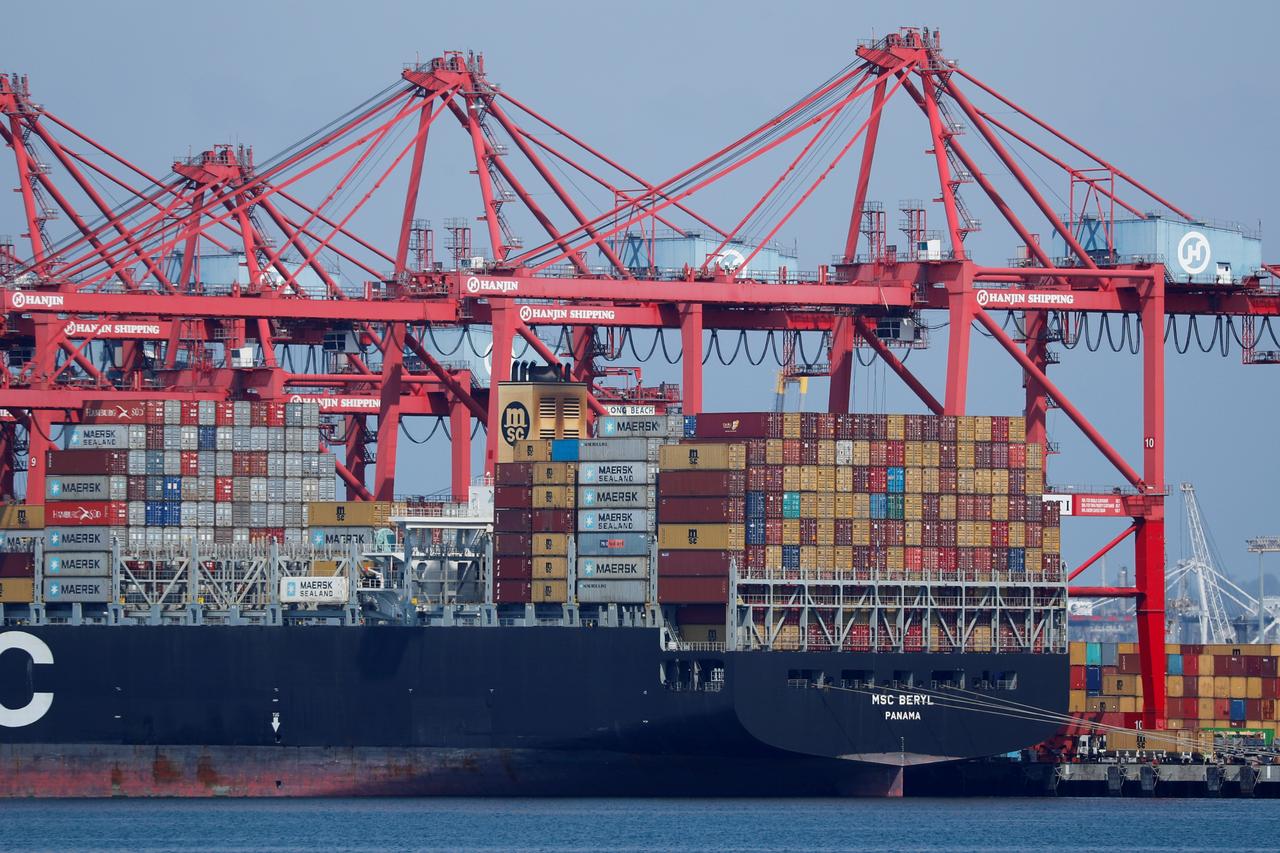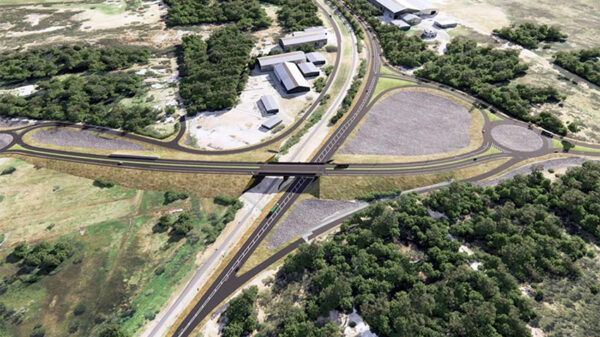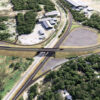During the last two decades, the global epicenter of growth has been gradually shifting to Asia, specifically in Pakistan’s proximity. Since 2003, India, China, and Bangladesh have increased their market share by 111%, 120%, and 163% respectively. The South Asian region has also increased its share in the world market by 88%.
On the other hand, Pakistan is an outlier in the high export growth zone as its share in the global market has decreased by 23% since 2003. Had Pakistan’s exports grown at the SAARC region’s average growth rate, its export value should have been $66 billion in FY2019, instead of $23 billion.
In the global ranking of exporting countries, during the past 15 years, China has improved its ranking from fourth to first, India from 30th to 18th, and Bangladesh from 68th to 54th. On the other hand, Pakistan’s ranking has dropped from 59th in 2003 to 69th in 2018.
Pakistan’s export performance during the last decade has been inconsistent. During 2008-10, exports remained at $18-19 billion; in 2010-11, the tailwind of international commodity bonanza (cotton and rice) enabled a quantum leap in exports from $19.3 billion to $24.8 billion; for the next three years (2011-14), exports remained range-bound between $24 billion and $25 billion.
Pakistan’s exports are almost stagnant or registering very marginal growth for the last five or six years due to distortions in economic policies of successive governments, the global slowdown, and now Covid-19.
The country’s Commerce Ministry is run by a successful business-man, Abdul Razak Dawood, as Advisor to the Prime Minister, but his performance with respect to export growth has been unsatisfactory.
Pakistan’s exports touched $25 billion in 2013-14 during the PPP government but in 2014-15 dropped to $23.8 billion followed by $20.8 billion in 2015-16, $20.4 billion in 2016-17, $23.2 billion in 2017-18, $22.9 billion in 2018-19, and $21.4 billion in 2019-20.
Exports performance in the first quarter of current fiscal year has also been disappointing due to both the policymakers and private sector as the textile sector has not performed well.
Pakistan’s export key destinations are the US, European Union, and the Middle East as trade with neighboring countries is either under restriction or has declined due to regional politics.
The country’s exports are concentrated in a few products exported by few companies to few markets. The textile sector accounts for around 61% of the total exports. The share of non-textiles in exports is less than 40%.
Officials have identified seven non-quantifiable and quantifiable factors that are hindering exports. These are: (i) high cost of doing business; (ii) lack of export products and market diversification;
- liquidity problem due to pending export refunds; d) non-com-pliance of quality standards; (iv) poor market access; (v) low level of technological advancement and research and development and;
- less educated and low-skilled labor.
They have also pointed out quantifiable factors, i.e. GDP, low Foreign Direct Investment in export industry, high inflation, low saving rate and higher average applied tariff rate.
The Commerce Ministry maintains that growth in exports is not only its responsibility but also that of Finance Ministry, Federal Board of Revenue (FBR), State Bank of Pakistan (SBP) and provincial governments.
The FBR’s Faster System has disappointed exporters as it still has many glitches due to which exporters’ refunds are stuck and they are facing liquidity issues.
The Commerce Ministry is giving final touches to its Strategic Trade Policy Framework 2020-25, which has projected three variables for the next five years. For FY21 exports under the scenario, one is projected at $22.81 billion, which will reach $28.13 billion in five years or by FY25. Exports under scenario two are projected at $23.68 billion and are expected to touch $33.89 billion in five years. In scenario three, exports will amount to $24.14 billion and reach $37.36 billion by 2025.
According to the World Bank, the negative impact of global lockdown due to Covid-19 could go beyond FY20 and the growth rate of Pakistan’s exports is likely to contract by 5.3 percent during 2020-21.
The government has extended incentives to the coronavirus-hit domestic industry. The SBP has allowed banks to increase the time period for the realization of export proceeds from 180 days to 270 days if the delay is related to Covid-19. This has helped exporters to provide extended time to their buyers for payments.
Exporters were required to show their performance under the EFS schemes by end of June, which has now been extended by six months to December 2020.
Exporters who wanted to avail credit under LTFF were required to have exports worth 50 percent or $5 million of total sales to become eligible. The SBP has reduced this to 40 percent or $4 million for all borrowings under LTTF between January 1 and September 2020. The requirements of the annual projected export performance for four years to avail LTFF for new projects has also been extended by another year.
Commerce Ministry officials claim that current trade figures indicate that Pakistan’s exports are rebounding while textile exporters say major exports are recovering.
Dawood is of the view that exports are down due to low economic activity and government policy of squeezing imports. He says Pakistan is facing anti-export bias and the government devours Additional Customs Duty (ACD) and Regulatory Duty (RD) instead of refunding it to the importers.
“I asked the FBR if they refund duties to the exporters, they replied in the affirmative. When I asked which duty is refunded, they said customs duty only. They do not refund ACD and RD as the government swallows it,” he acknowledged at a recent meeting in the Parliament House.
He said now refunds would go directly to the exporters from the SBP. “I have asked the SBP not to release refunds to FBR as they would gobble up the amount,” he added.
In order to leverage the tariffs as an instrument of trade policy, the Ministry of Commerce is now implementing a tariff policy with the following major objectives: (i) make the tariff structure a true reflection of trade policy priorities; (ii) improve the competitiveness of manufacturing, especially the export sector through duty-free access to imported raw materials; (iii) rationalize the tariff structure for enhancing the efficiency of the existing domestic activities, especially in the manufacturing sector and for improving resource allocation; (iv) reduce the relative disincentive for the exporting activities; (v) improve the growth potential of the country and increase employment opportunities by attracting investment into efficient industries; (vi) encourage value addition through the principle of cascading of tariffs; (vii) remove anomalies in the tariff structure which are causing distortions between sectors and in the value chain of the same sectors.
The Commerce Ministry is also working on the “Make in Pakistan” policy, drafted by the deceased chairman of Habib Group, Syed Ali Habib.
In order to achieve this objective, import duties on 1,623 tariff lines pertaining to basic raw material and intermediate goods have been reduced to zero through the Finance Act, 2020. In continuation of this policy, ACD and RD on 164 items related to the textile sector, not manufactured in Pakistan, had been recently removed by the Federal Cabinet. The Commerce Ministry is also finalizing another list of 152 tariff lines for removal of ACD so that cost of doing business could be reduced by providing cheap raw materials to the industrial sector. This would also help to improve the competitiveness of exports vis-à-vis trading partners of Pakistan.
According to officials, policy interventions will be made by Minis-try of Commerce for the following diversifications: (i) horizontal diversification that entails an adjustment in the national export mix by adding new products to the existing export baskets within the same sector will be pursued; (ii) vertical diversification into the processing of domestically manufactured goods through a shift from the primary to the secondary or tertiary sector by means of increased value-added activities such as processing, marketing, and other services, is essential to increase the export earnings.
Article by: Abdul Moiz










